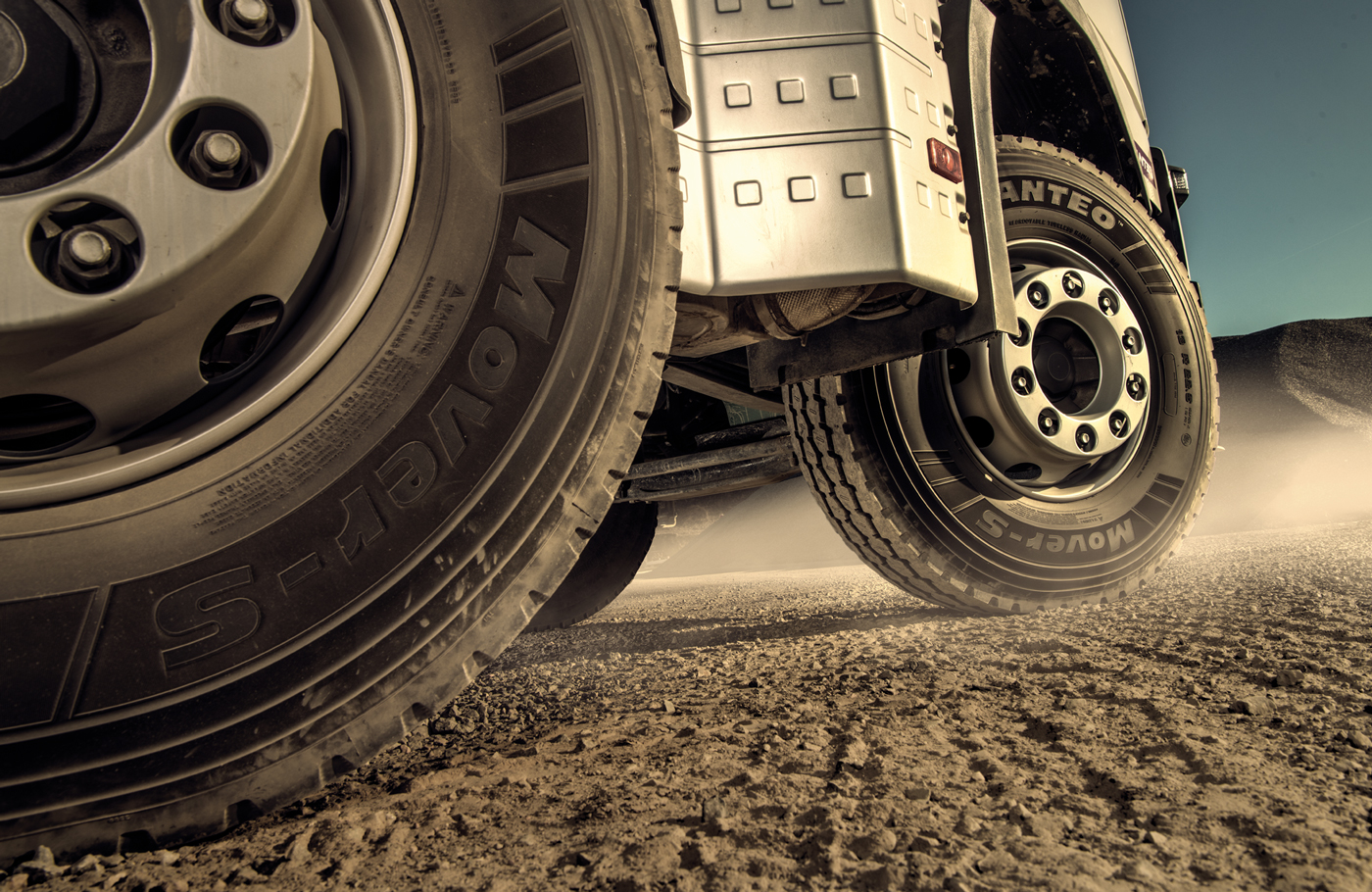(Re)treading wisely
(Re)treading wisely
Retreads are widely used in the South African transport industry. Get the hang of them and they can save transport operators a small fortune by slashing their tyre bill. Bearing this in mind, we asked Brian Clarke, sales manager at Bandag, to explain the ins and outs of retreading.
Let’s start at the very beginning. At the heart of retreading is the so-called “retreadability ratio”, or the average number of times a new tyre is retreaded in a fleet. “A ratio of 1.0 means that, for every new tyre used, a retread is produced. A ratio of 0.5 means for every 10 new tyres used, only five retreads can be produced,” Clarke explains.
The benefits of retreading
Transport operators may opt for retreaded tyres to save money, but Clarke says retreadability also has significant environmental benefits. “Retreading is equivalent to recycling, and this is very good for the environment. Every retread means one less new tyre enters a landfill. Furthermore, less energy and non-renewable fossil fuels are used to make a retread (26 litres of oil are consumed to retread a truck tyre, versus the 83 litres required to manufacture a new tyre),” he points out.
So, retreads are a good thing. But how can transport operators get maximum bang for their retreaded tyres buck? This is all about the retreadability of a new tyre. “The more a new tyre can be retreaded, the lower its cost per kilometre (CPK), so new tyre selection is especially important. It’s often hard to tell the difference between a cheap import and a premium quality brand. Yet cheap tyres are cheaper for a reason! Even if they look identical to premium tyres, they do not perform the same,” Clarke cautions.
Keeping tabs on tyres
Some new tyre manufacturers remove rubber and belt plies to make tyres cheaper, but this makes them less retreadable. Removing tyre components lowers the cost, but also reduces tyre performance.


But what does an operator do if they can’t tell the difference between a premium tyre and a cheap import? “One way to tell the difference is to weigh the tyres: cheap tyres generally weigh much less than the premium products,” reveals Clarke.
Proper tyre management also helps. “It’s very important to track retreadability,” advises Clarke. This starts with a scrap tyre analysis every month, noting the make, model, and size of each tyre, as well the “number of lives” each tyre has had. This includes use as a new tyre and each subsequent retread. “It’s especially important to record the cause of each tyre failure (with your tyre suppliers),” he notes.
All data should be captured in a digital scrap tyre analysis system. Over time, this will reveal which tyres have the highest retreadability.
Improvements and savings
Proper tyre management alone is not enough. Clarke stresses that transport operators can do a lot to improve tyre retreadability. “It is vital to maintain the correct air pressure for the load: do not overload your tyres. Select the correct new tyre for your application, and match tyres in size, make, and model across every axle,” Clarke says. “Remove tyres at the correct millimetres so they can be retreaded. Also, it’s important to conduct wheel alignment at regular intervals.
Clarke says transport operators can enjoy substantial savings if they follow this advice. “It’s quite possible to increase retreadability from 0.5 to 1.10. Practically, this means moving from 50 retreads for every 100 new tyres purchased to 110 retreads. Let’s assume that the average price of a new tyre is R7,560, whereas the average price of a retread is R2,628. This translates into a saving of R4,932 per tyre. Multiply that by those additional 60 retreads and this is a saving of almost R296,000!” he elaborates.
The message is clear: proper tyre management doesn’t only make sense, it also makes cents.
Photographs by Sobhith Ullas, David Edelstein Robert Laursoo and Goh Rhy Yan on Unsplash; photographs also by Prometeon Tyre Group and Bandag.
Published by
Focus on Transport
focusmagsa




